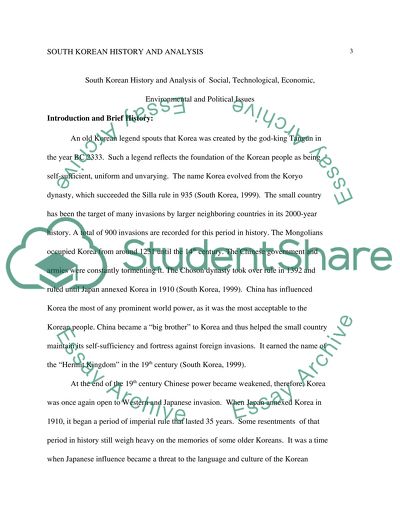Cite this document
(“South Korean History and Analysis of Social, Technological, Economic, Research Paper”, n.d.)
Retrieved from https://studentshare.org/history/1434600-steep-analysis-of-south-korea
Retrieved from https://studentshare.org/history/1434600-steep-analysis-of-south-korea
(South Korean History and Analysis of Social, Technological, Economic, Research Paper)
https://studentshare.org/history/1434600-steep-analysis-of-south-korea.
https://studentshare.org/history/1434600-steep-analysis-of-south-korea.
“South Korean History and Analysis of Social, Technological, Economic, Research Paper”, n.d. https://studentshare.org/history/1434600-steep-analysis-of-south-korea.


